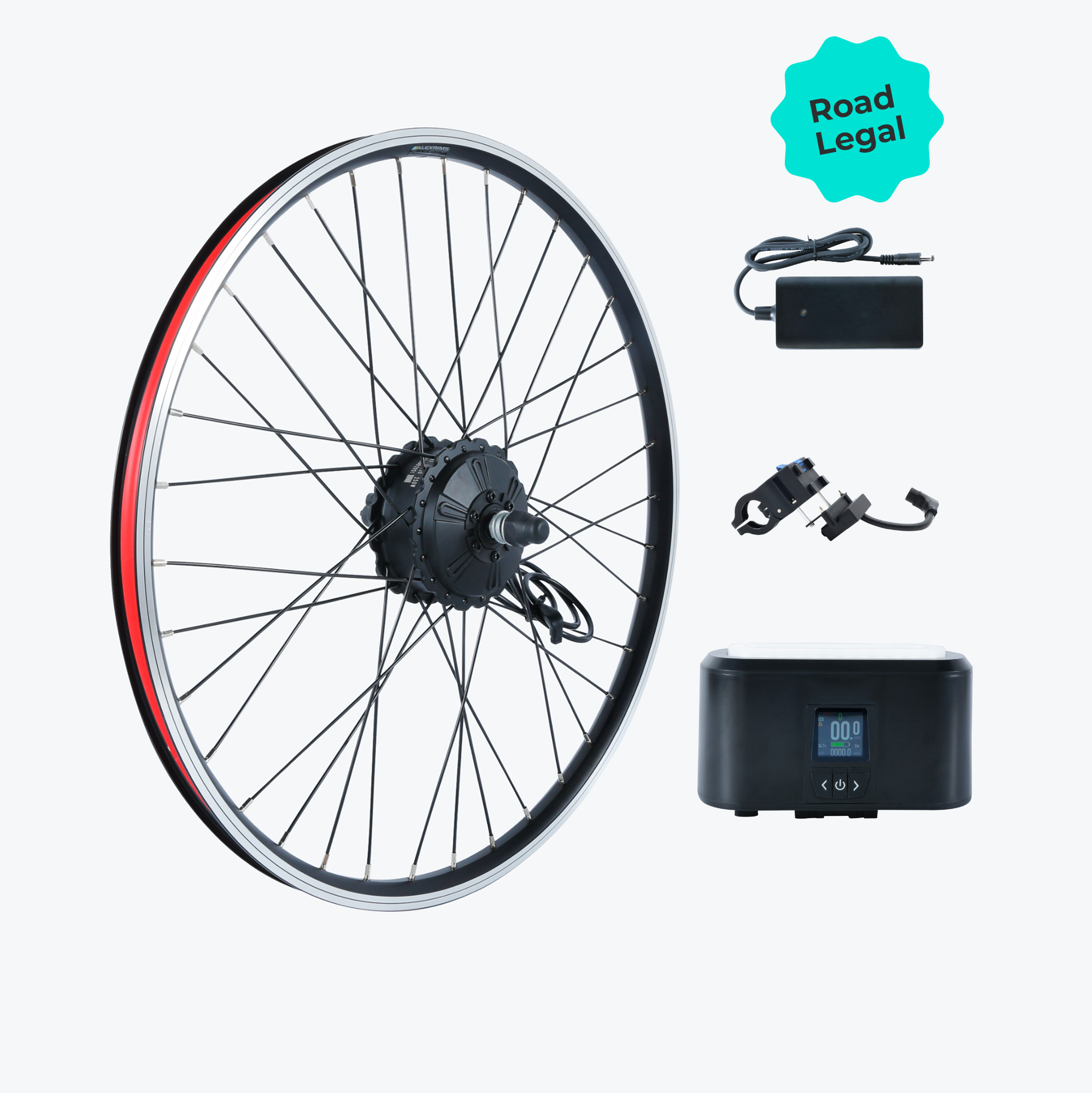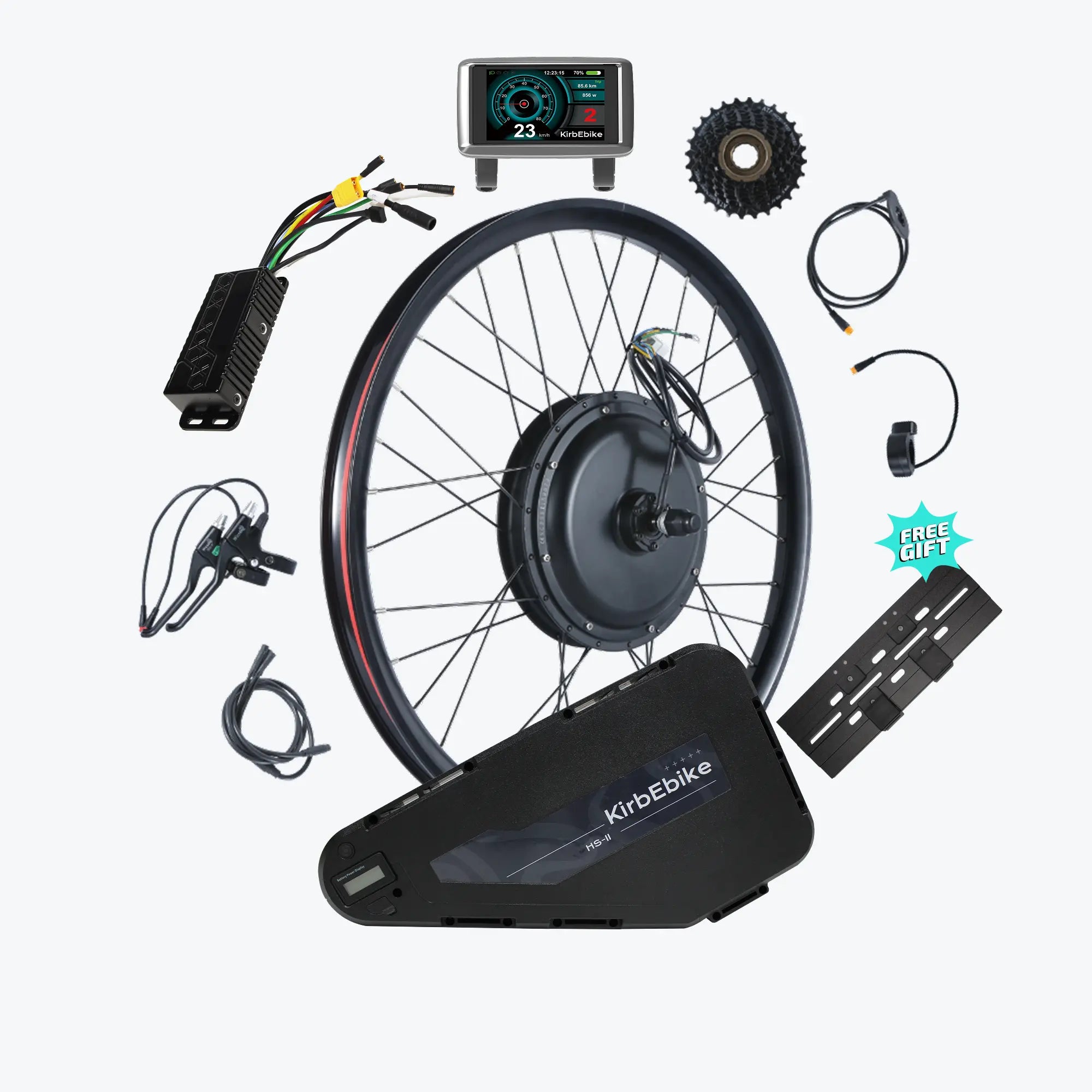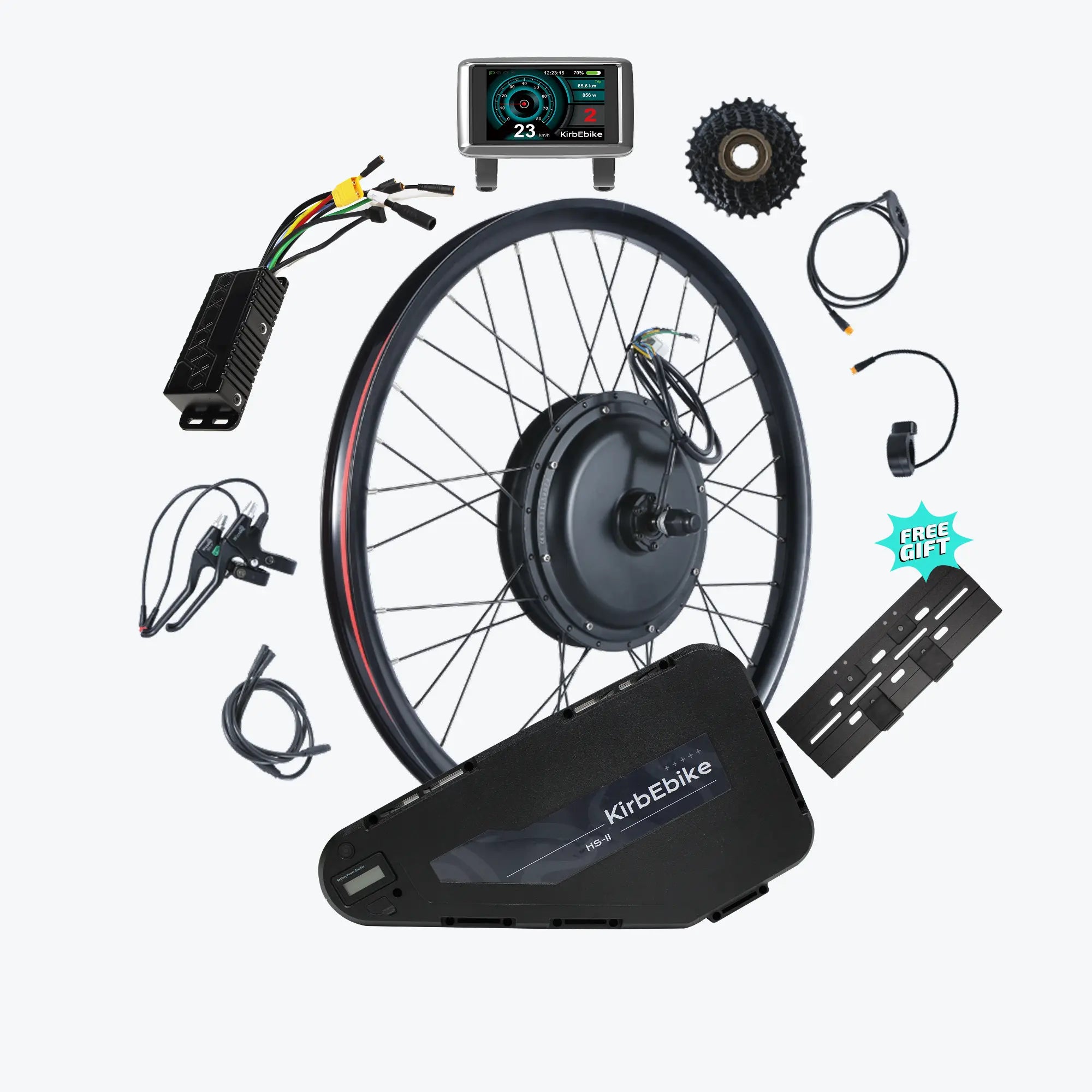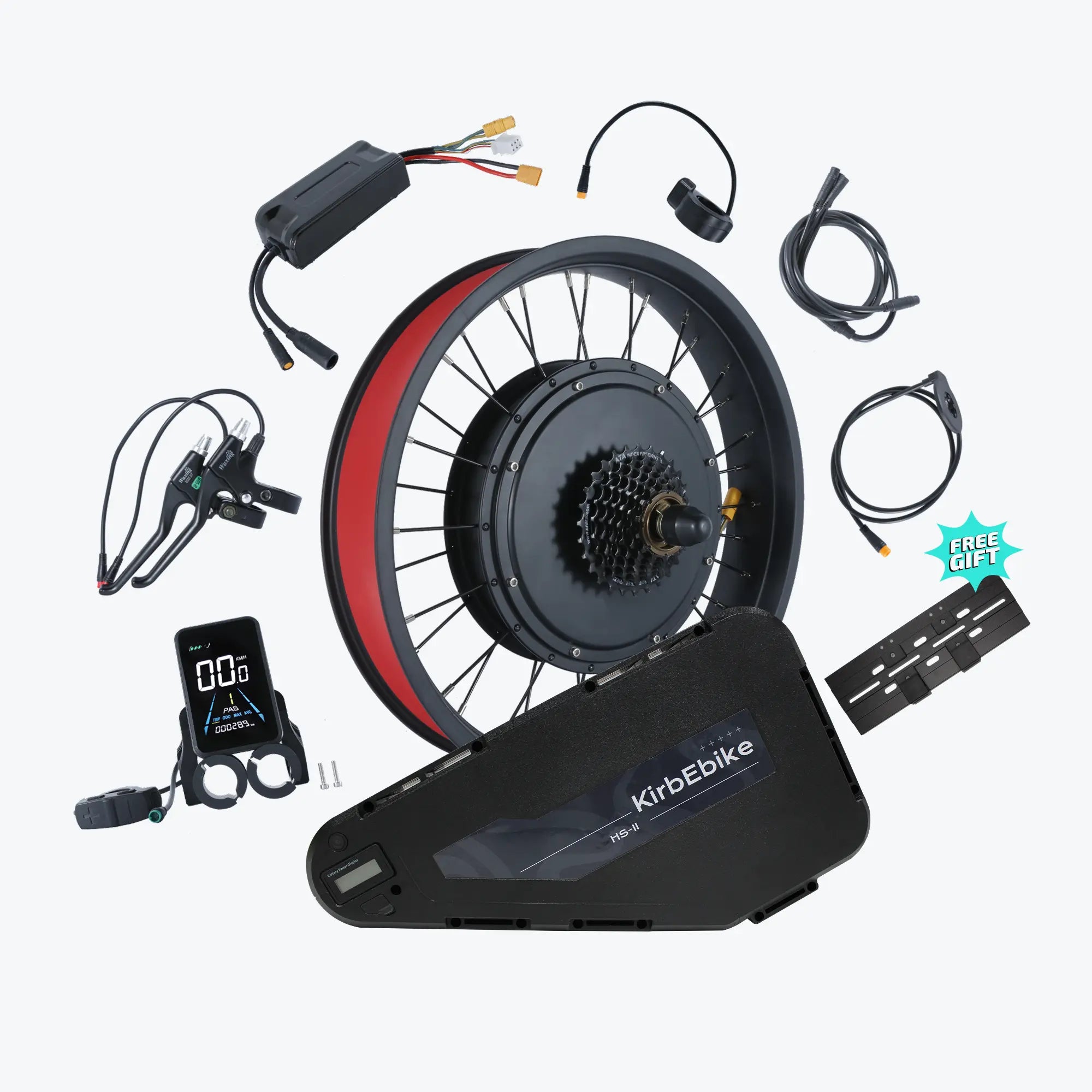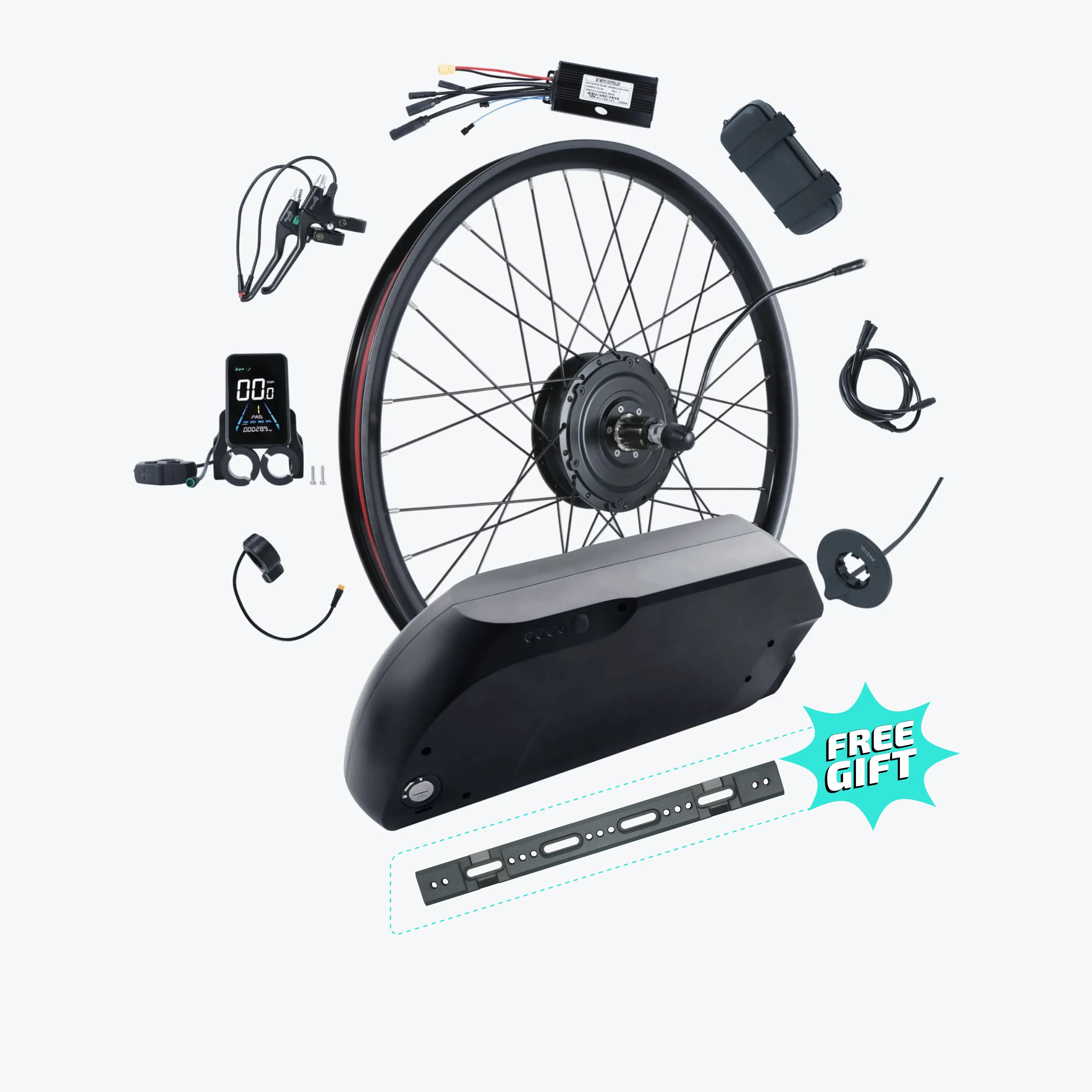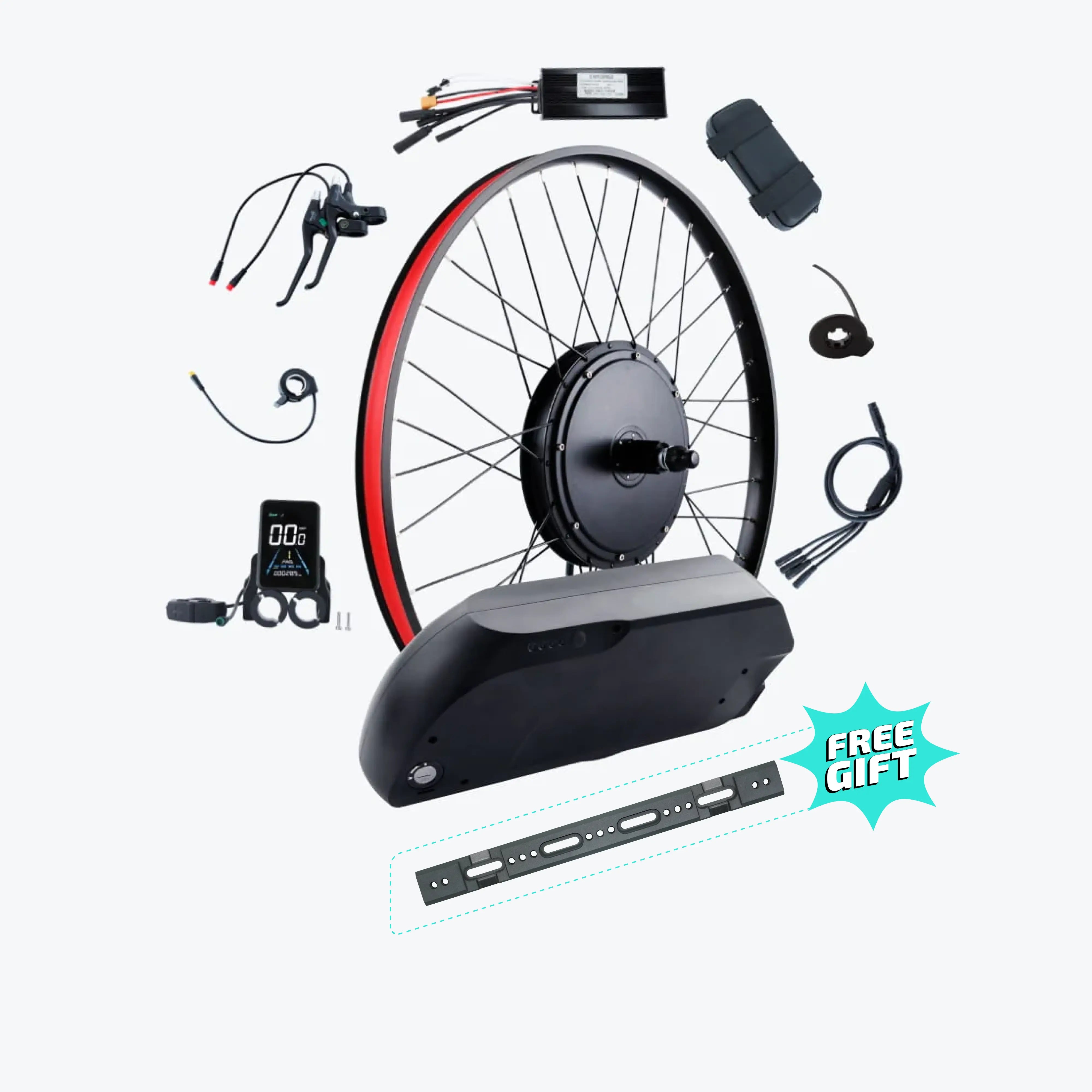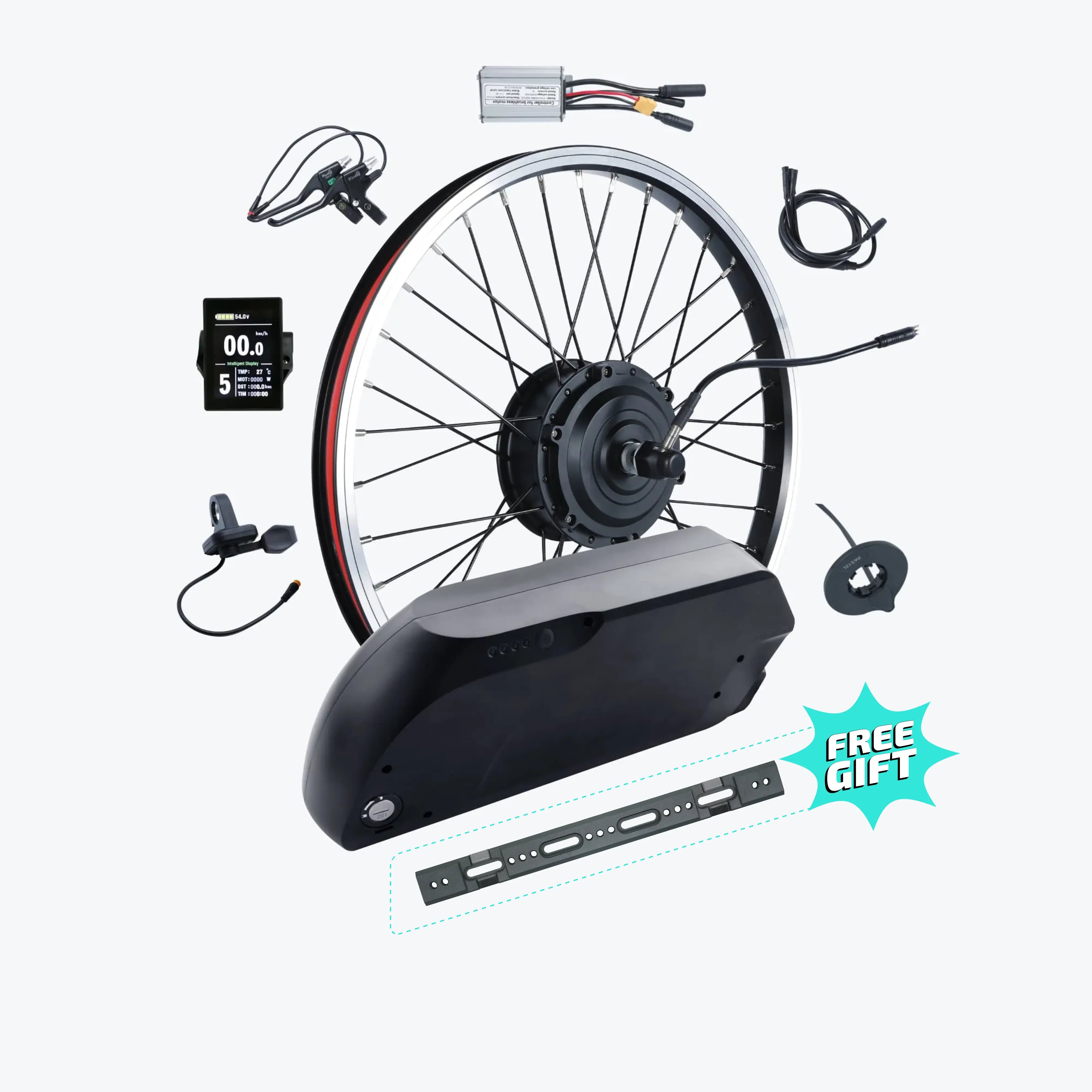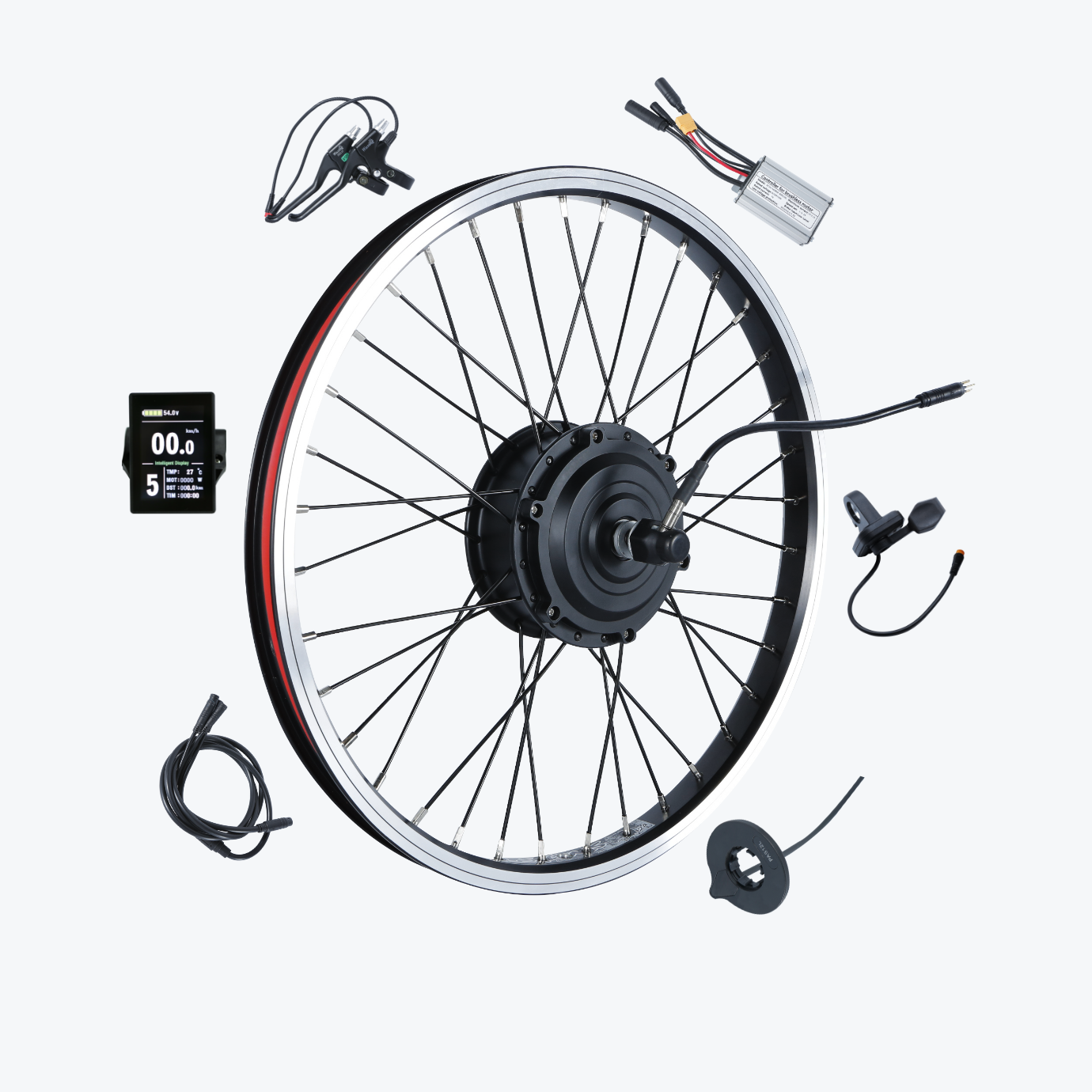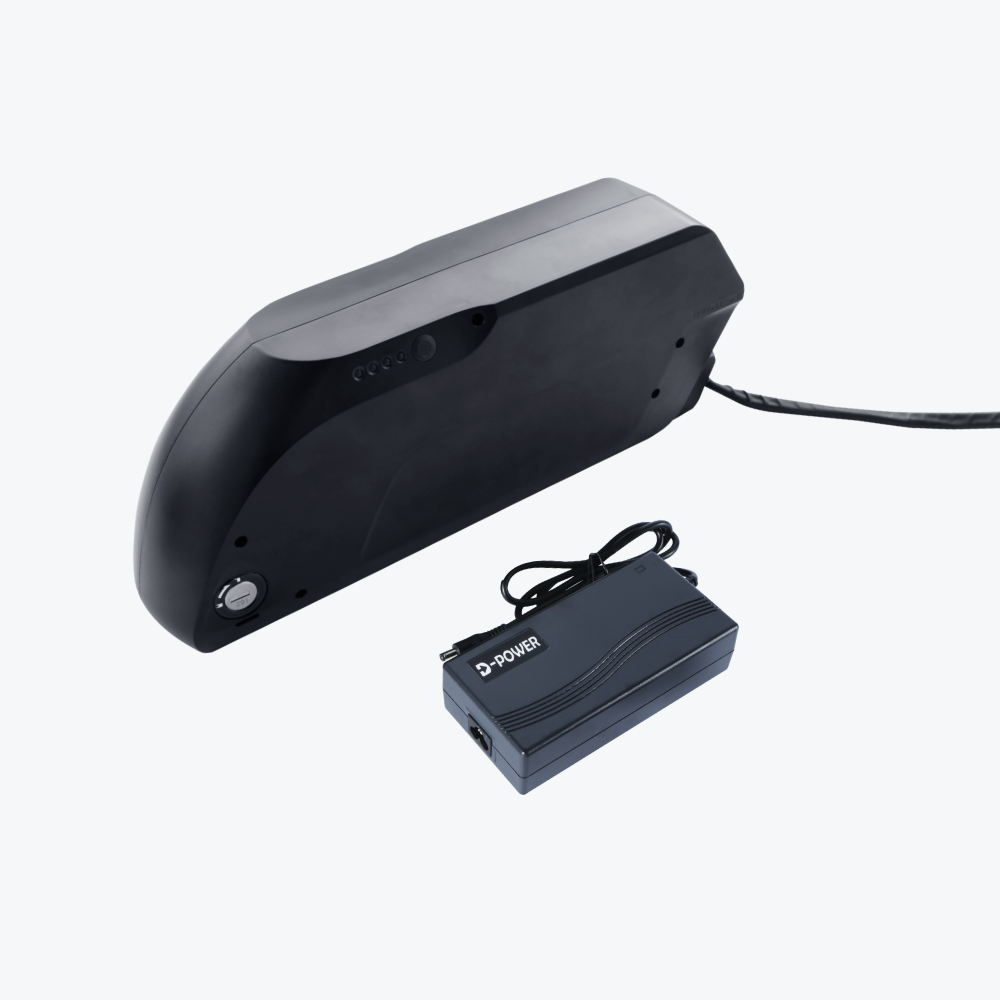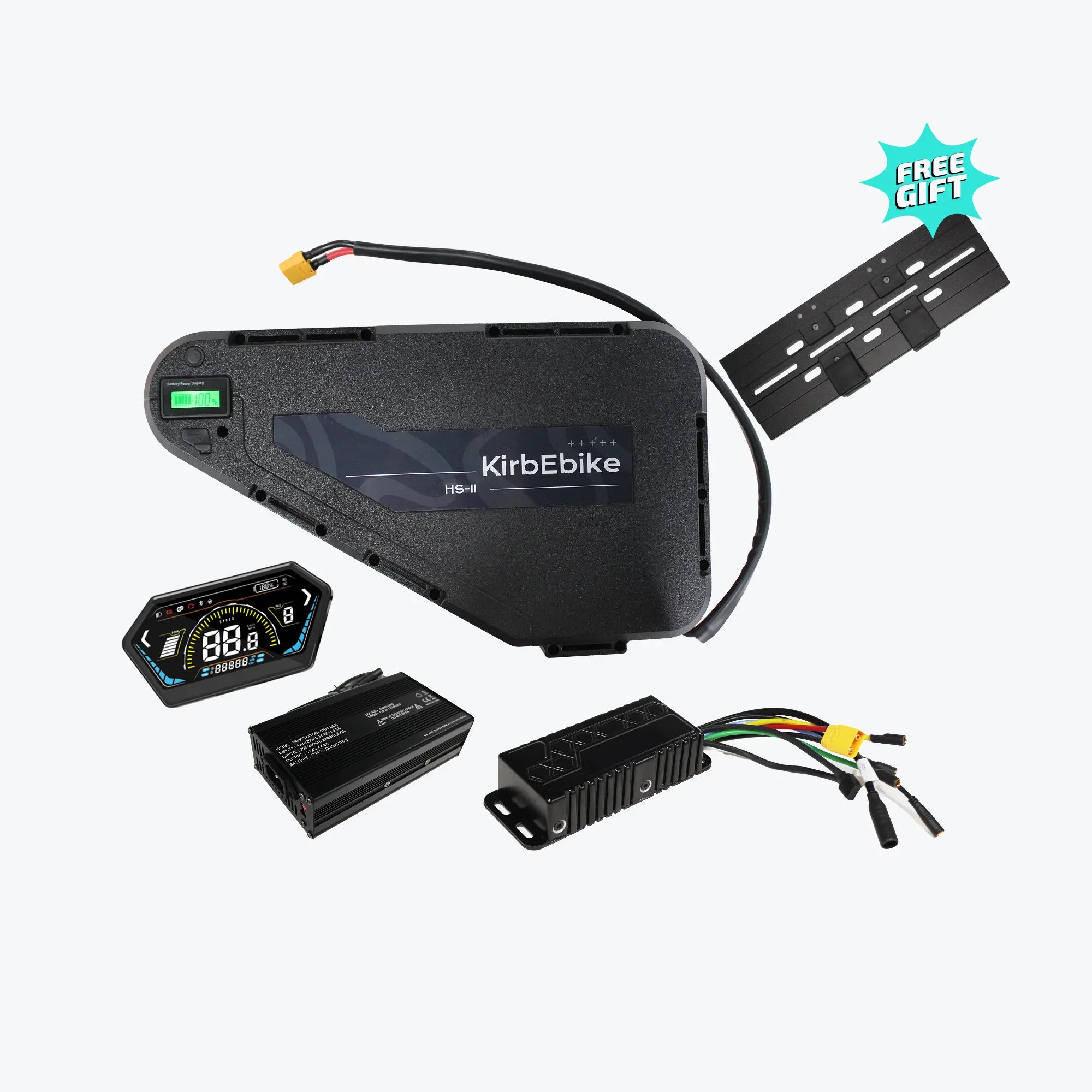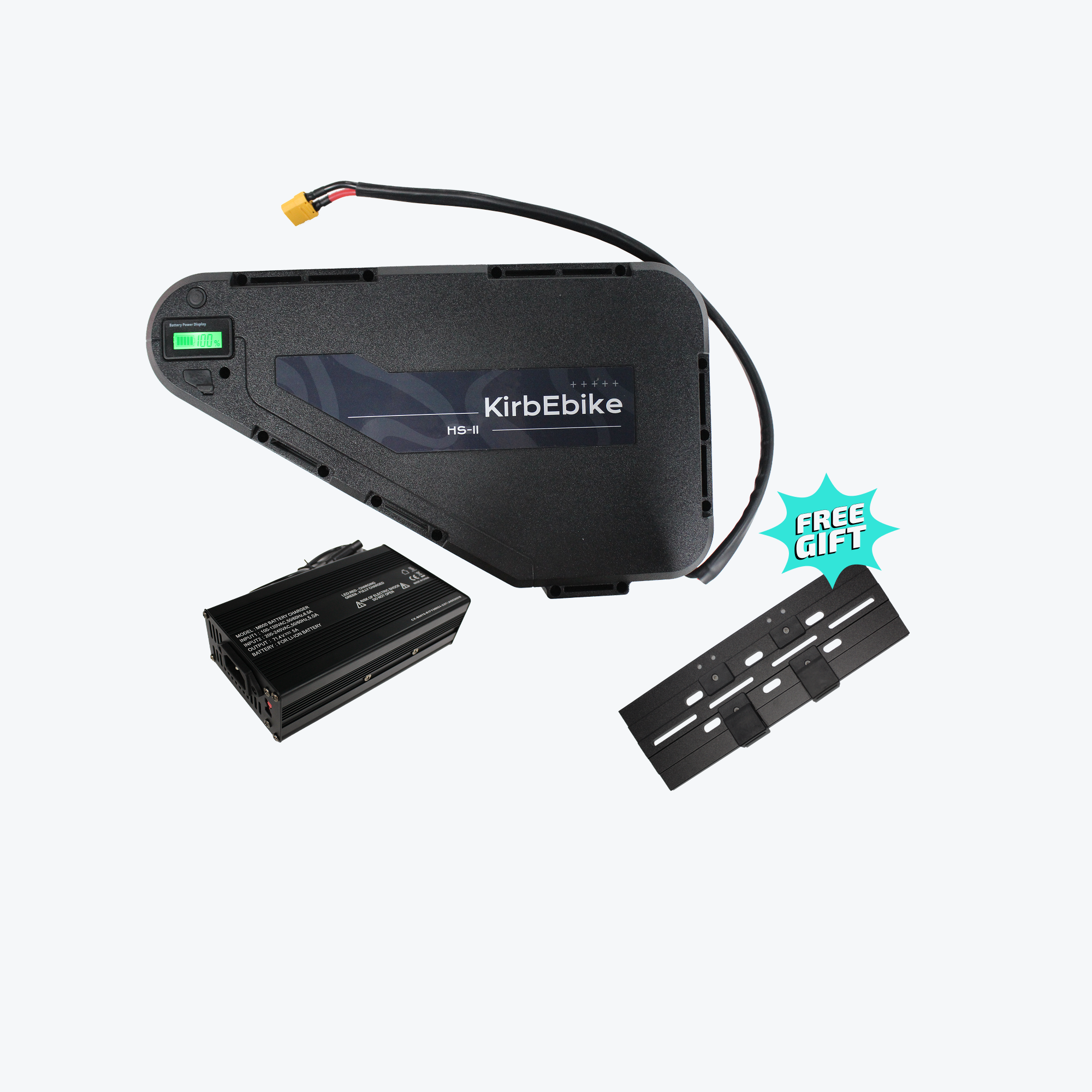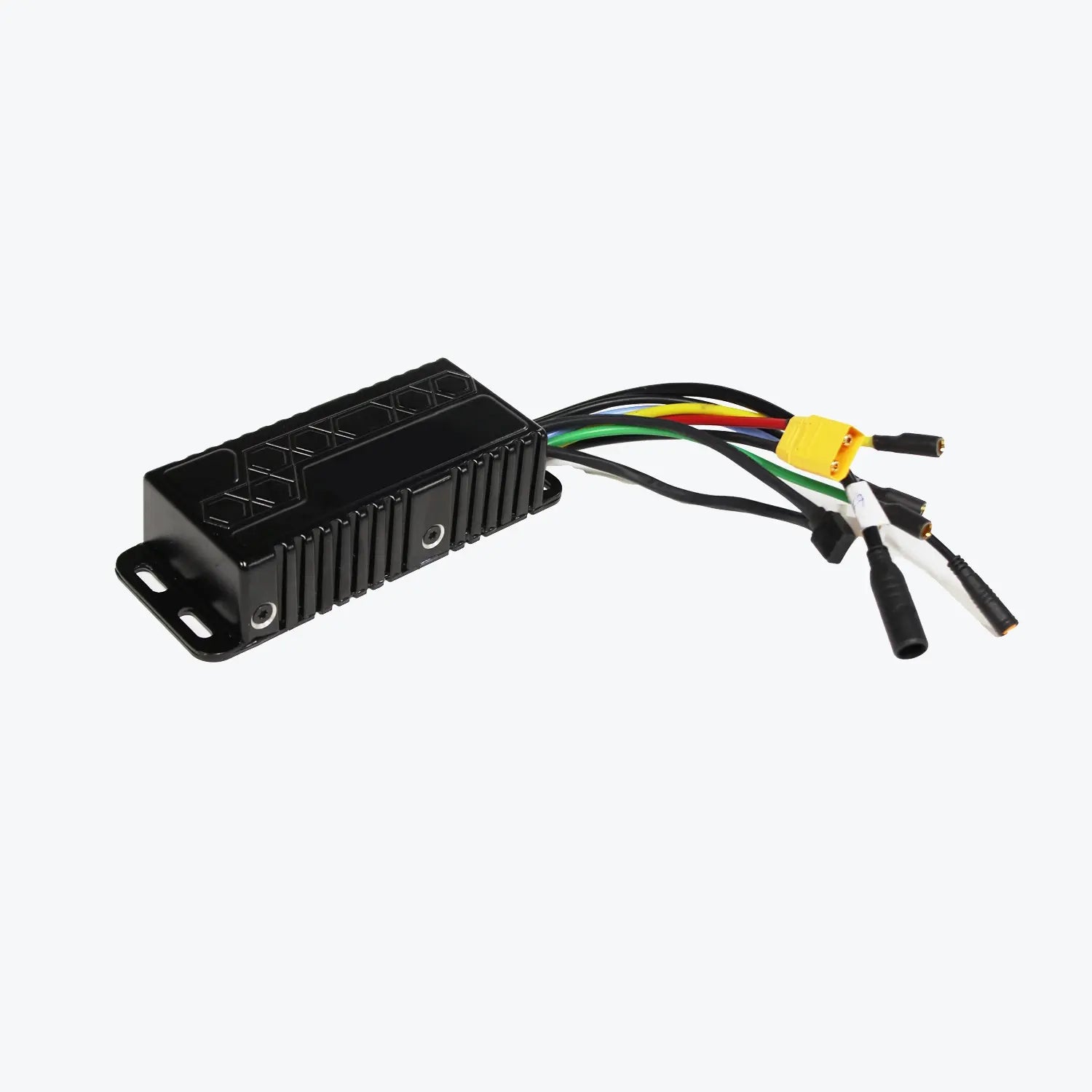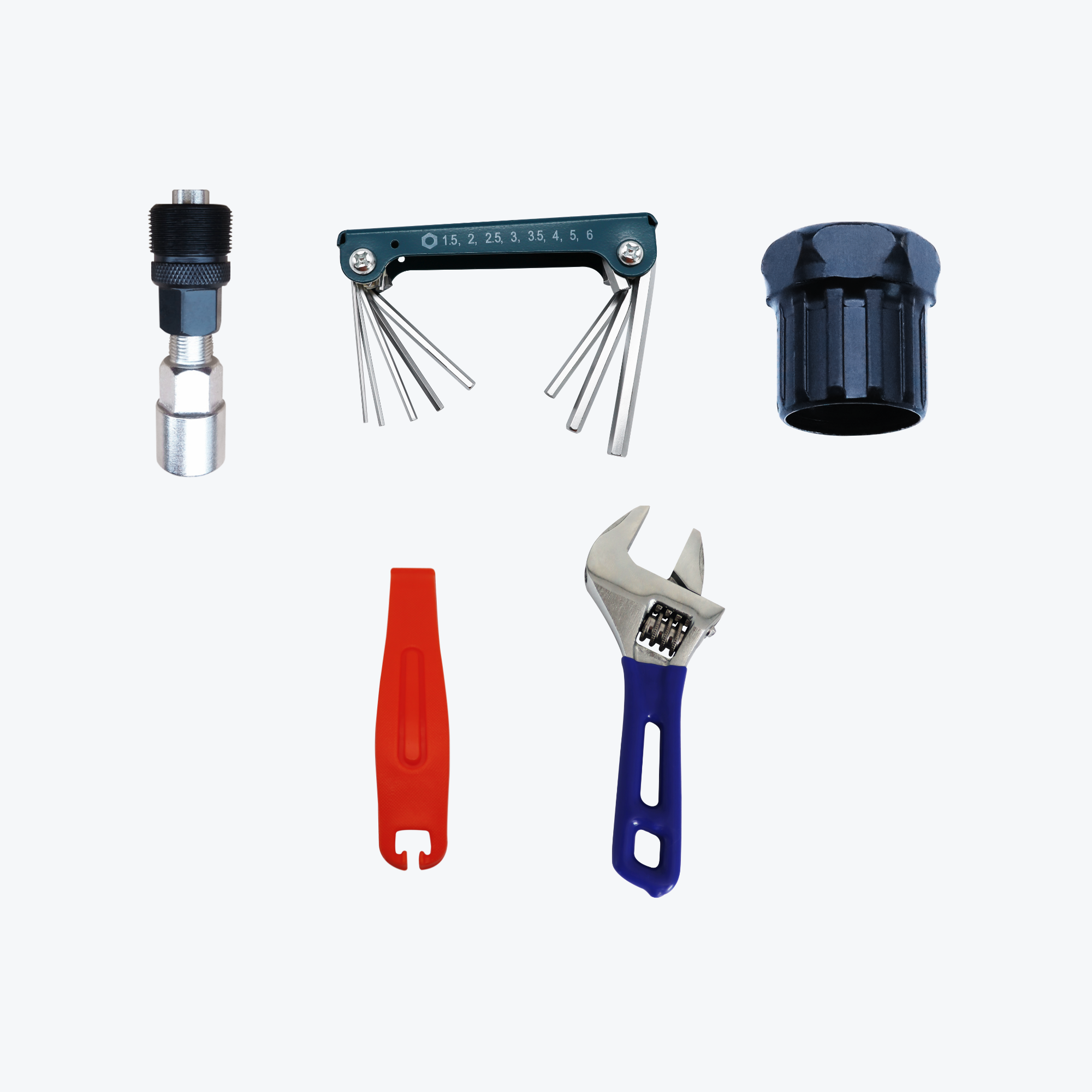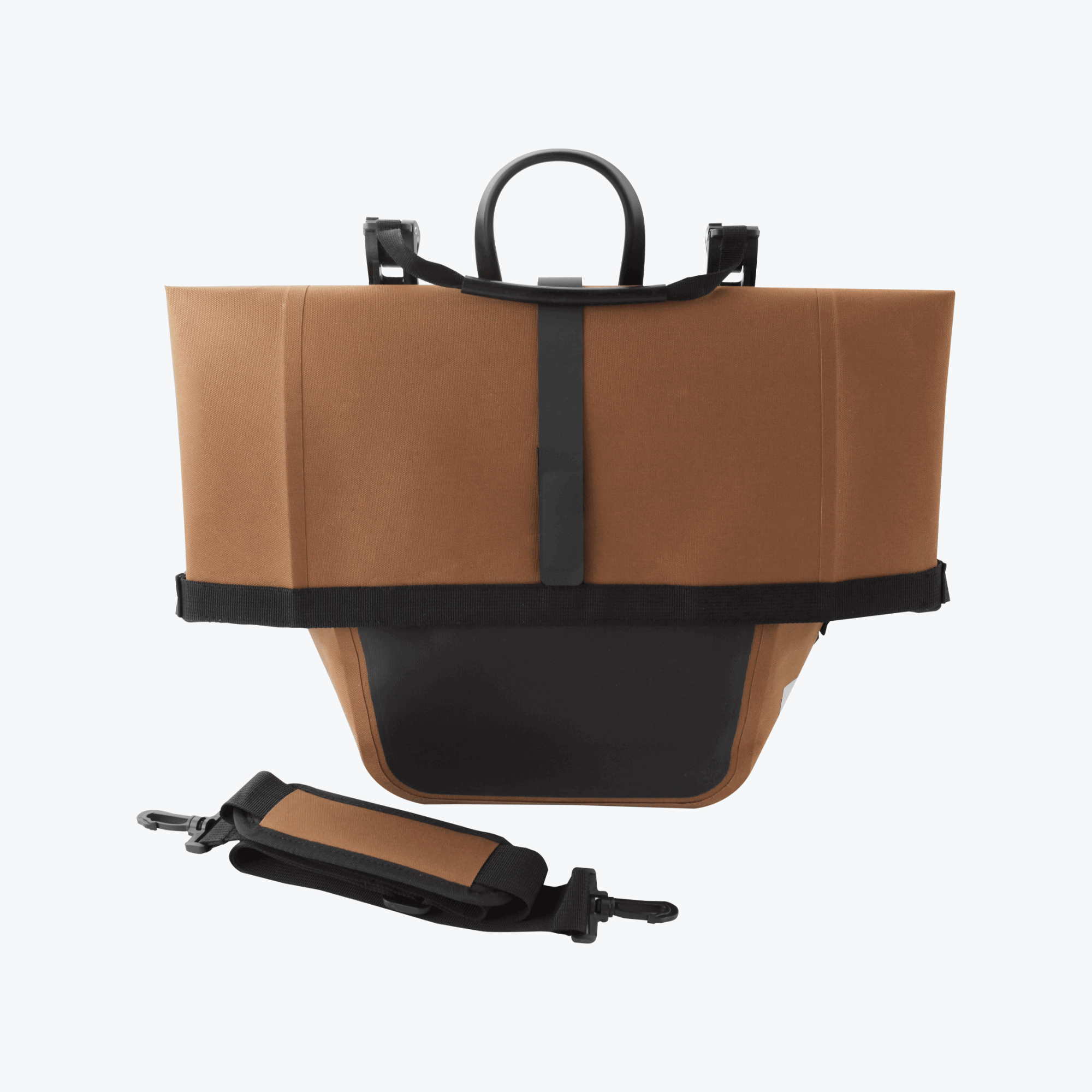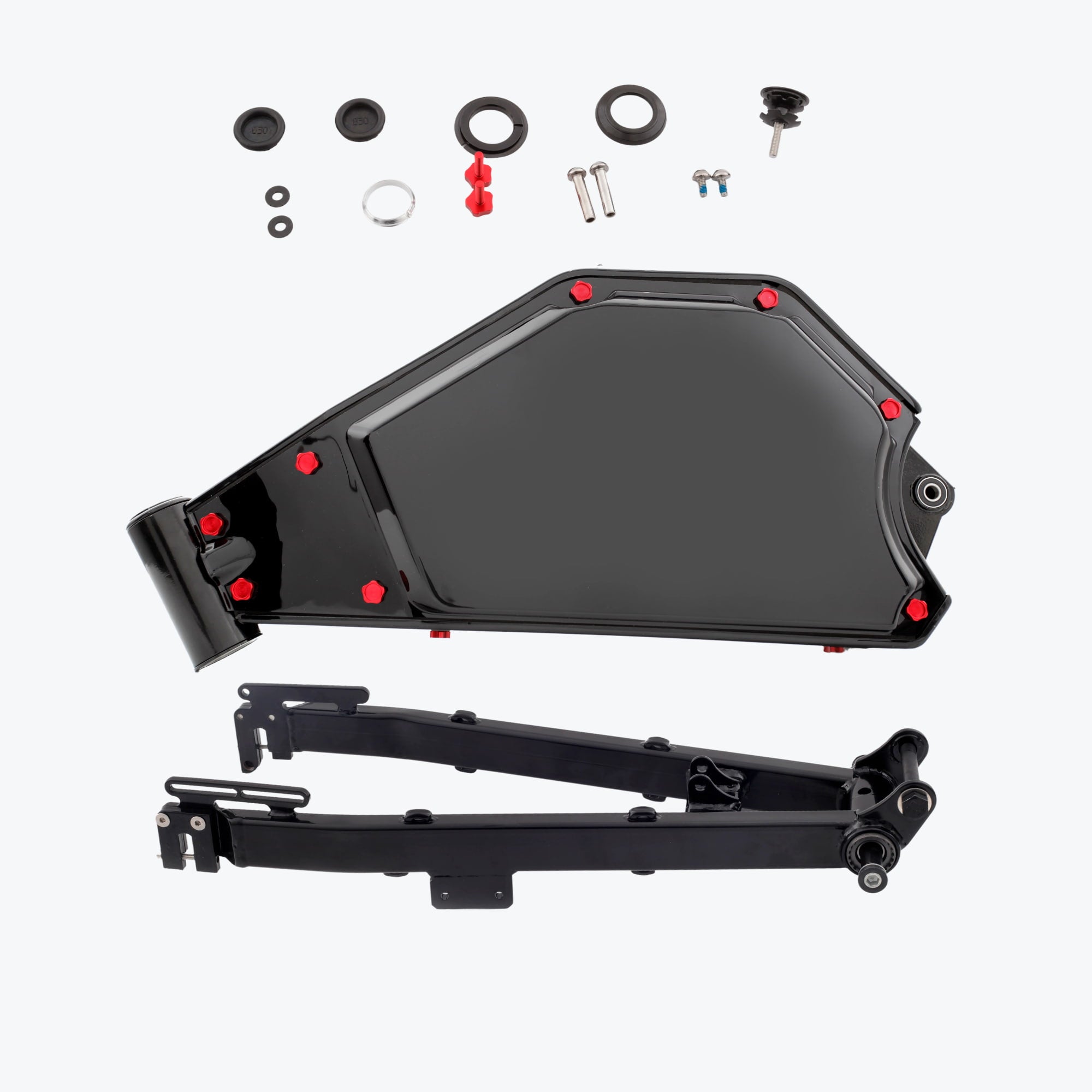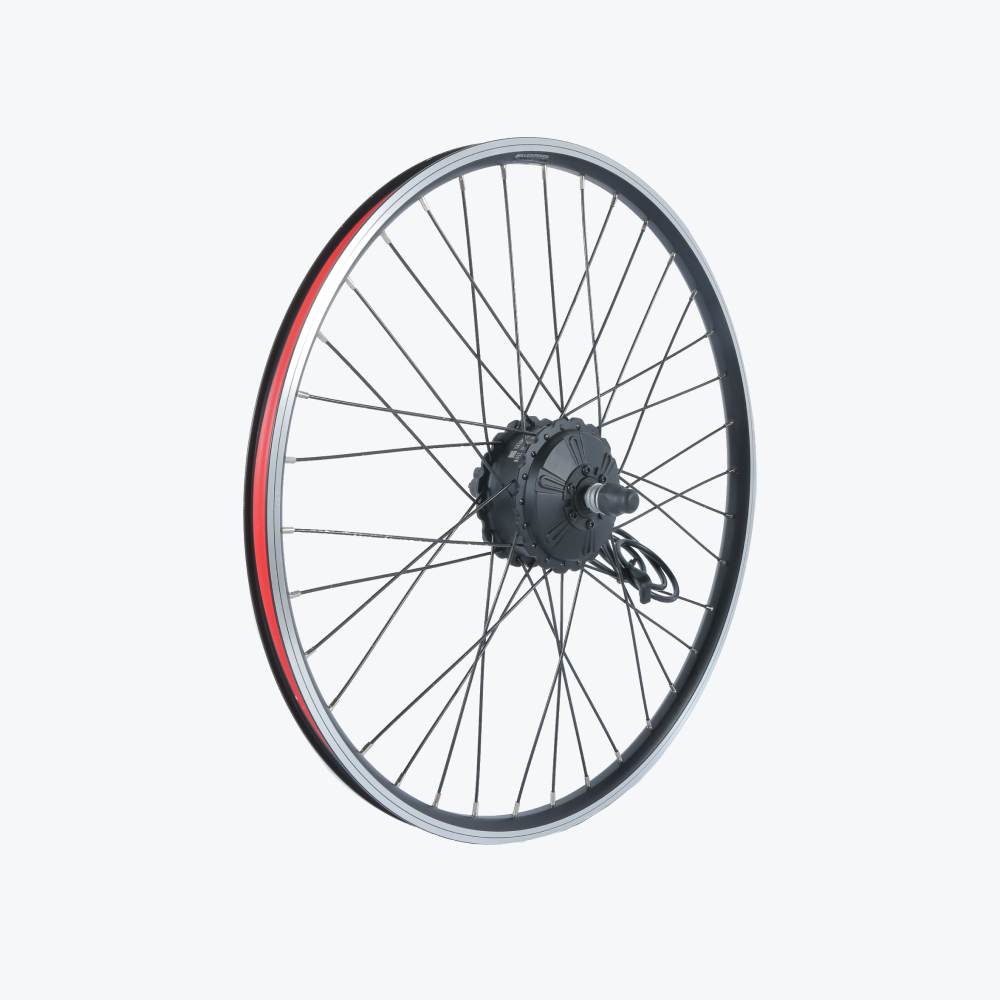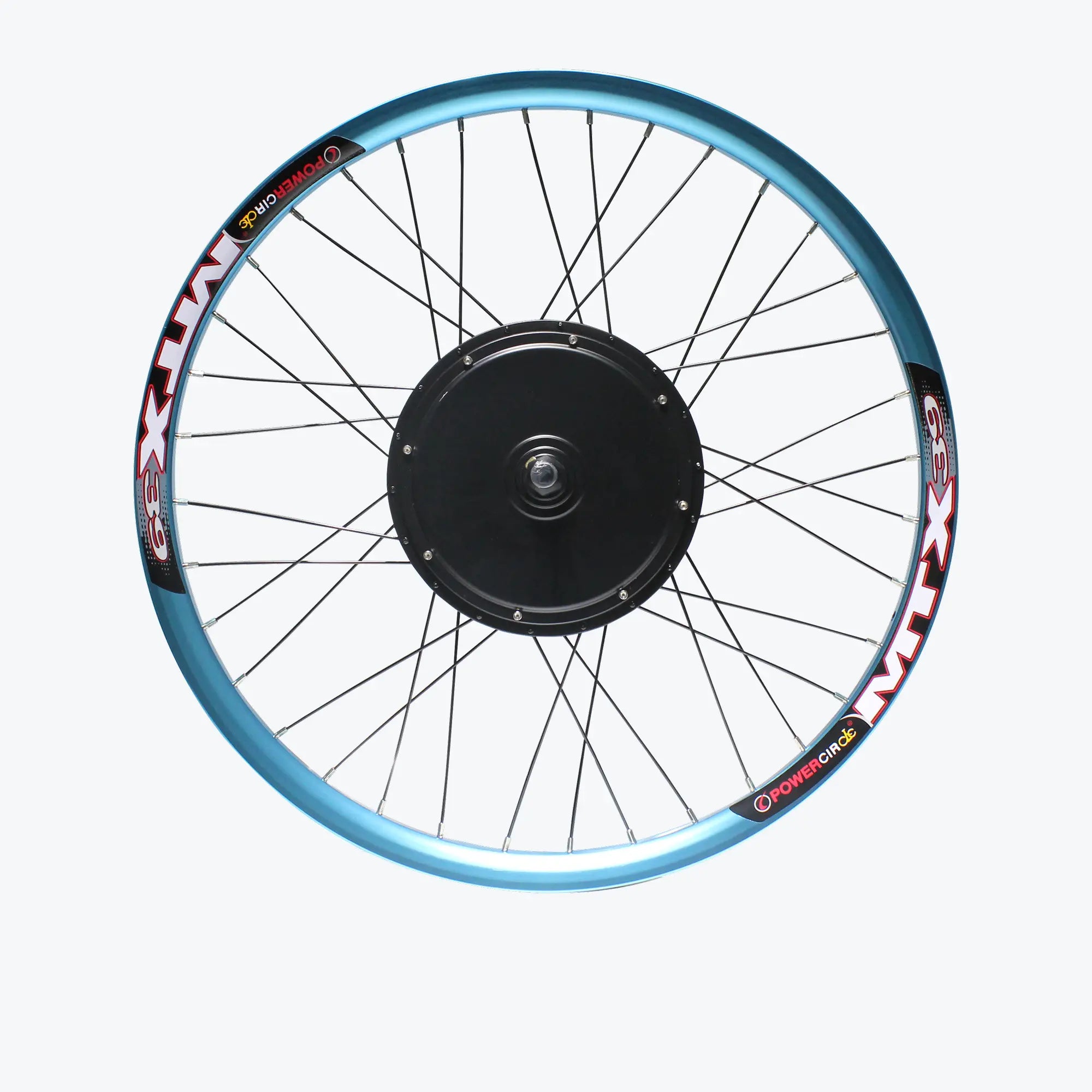Electric bikes are transforming urban transportation, offering a fast, eco-friendly, and fun alternative to traditional cycling. For cycling enthusiasts who want to upgrade their own bike, the question arises: “What DIY eBike kit should I choose?”
This guide explores DIY e-bike kits, highlighting the benefits, components, and installation process, with a focus on KirbEbike conversion kits, trusted for quality and reliability.
What is a DIY eBike Kit?
A DIY e-bike kit is a package of components that allows you to convert a conventional bicycle into an electric bike. These kits are perfect for riders who want customizable performance, higher speeds, or simply want to experiment with electric mobility.
Components Typically Included in a DIY Kit
- Motor: Usually a hub or mid-drive motor, powering either the front or rear wheel.
- Battery Pack: Lithium-ion batteries of varying voltages (36V, 48V, 52V, 72V), determining speed and range.
- Controller: Regulates the power from the battery to the motor.
- Throttle or Pedal Assist Sensor (PAS): Allows control over speed and assistance level.
- Display: Monitors battery, speed, and distance.
- Wiring & Mounting Hardware: Simplifies installation.
KirbEbike DIY kits include all these essentials, making it easy for beginners and experienced cyclists alike to upgrade their bikes efficiently. Explore KirbEbike DIY Kits.
Benefits of Choosing a DIY eBike Kit

Choosing a DIY e-bike kit offers several advantages over buying a ready-made e-bike:
Cost-Effective
Purchasing a conversion kit is often significantly cheaper than buying a brand-new electric bike with comparable specifications.
Customizable
DIY kits allow you to choose motor power, battery capacity, and wheel size to match your riding style, terrain, and commuting needs.
Upgradable
As technology advances, you can upgrade components such as battery packs or controllers without replacing the entire bike.
Fun and Educational
Installing a DIY kit is hands-on, giving riders insight into how electric bikes work and how to maintain them.
KirbEbike kits provide step-by-step instructions, ensuring that even a first-time installer can successfully complete the conversion.
Types of DIY eBike Kits
Understanding the types of kits is essential for choosing the right one for your bike.
A. Hub Motor Kits
- Front Hub Motor: Simple to install, good for flat terrain, and beginner-friendly.
-
Rear Hub Motor: Offers better traction, higher speeds, and more stability—ideal for high-performance riders.
KirbEbike’s rear hub motor kits range from 500W to 2000W, providing versatility for urban and off-road use.
B. Mid-Drive Kits
- Central motor placement improves balance and climbing efficiency.
- Ideal for hilly terrain and MTB bikes.
-
KirbEbike mid-motor kits are compatible with most standard bike frames, offering smooth power delivery.
See KirbEbike Mid-Motor Kits.
C. Battery-Powered Kits
Battery choice affects range, weight, and top speed. KirbEbike offers 36V, 48V, 52V, and 72V batteries for different performance needs.
How to Choose the Right DIY eBike Kit

When selecting a kit, consider these factors:
1. Motor Power
- 250–500W: Ideal for commuting and flat terrain.
- 1000–2000W: Suitable for higher speeds, hills, and off-road use.
- 2000–4000W: Extreme performance kits for MTB or fat-tire bikes.
KirbEbike provides a range of 2000W–4000W kits with reliable brushless motors and disc brake compatibility.
2. Battery Capacity
- Determines range.
- Higher Ah ratings allow longer trips.
- Example: KirbEbike 52V 30Ah battery provides 50–100 km per charge.
3. Installation Complexity
- Hub motors are simpler for beginners.
- Mid-drive motors require a little more mechanical skill.
- KirbEbike includes all mounting hardware and instructions, reducing installation challenges.
4. Bike Compatibility
- Check wheel size: 20", 26", 27.5", 28", 29", or 700C.
- Frame clearance for battery and motor.
- KirbEbike kits fit 99% of standard bikes, including MTB, road, and urban models.
Installation Guide for a DIY eBike Kit

Converting your bike with a DIY kit is straightforward:
Step 1: Prepare Your Bike
- Inspect brakes, frame, and gears.
- Remove front or rear wheel if needed.
Step 2: Install the Motor
- Slide the hub motor into the dropouts.
- Tighten securely to prevent movement.
Step 3: Mount the Battery
- Use the provided brackets to attach the battery to the frame or rack.
- Lock in place for safety.
Step 4: Connect Wiring
- Attach throttle, PAS, and brake sensors to the controller.
- Ensure connectors are secure and wires are routed safely.
Step 5: Test the System
- Turn on the battery and motor.
- Check throttle response, pedal assist, and brakes.
KirbEbike provides full installation guides, and most kits take 20–30 minutes to install.
Performance Expectations
Performance depends on motor and battery combination. Here’s what you can expect from KirbEbike kits:
|
Kit Type |
Motor |
Battery |
Top Speed |
Range |
|
Standard Hub |
500–750W |
36–48V |
35–40 km/h |
40–60 km |
|
Mid-Drive |
1000–2000W |
48–52V |
45–60 km/h |
50–80 km |
|
High-Performance |
2000–4000W |
72V |
60–85 km/h |
60–100 km |
Safety Tips for DIY eBikes

- Always wear a helmet and protective gear.
- Use disc brakes for high-power motors.
- Check torque and ensure wheel alignment.
- Avoid exceeding the recommended load for motor and battery.
- Observe local e-bike regulations for speed and motor wattage.
KirbEbike ensures that all kits are tested and compatible with disc brakes, providing safety even at higher speeds.
Advantages of Choosing KirbEbike Kits
- Full DIY Kit: Includes motor, battery, controller, throttle, PAS, and installation tools.
- High Quality: Brushless motors and durable lithium-ion batteries.
- Customizable: Multiple voltages and motor powers.
- Easy Installation: Fits most bike frames, including fat-tire and MTB.
- Free Shipping: Available to the UK, US, and many international locations.
Explore KirbEbike Kits for all options.
Cost Comparison
DIY kits are a fraction of the cost of brand-new e-bikes:
|
Kit Type |
Approx. Price |
Equivalent E-Bike Cost |
|
500–750W Hub |
£260–£380 |
£1,000–£1,500 |
|
2000W Rear Hub |
£400–£500 |
£2,000–£3,000 |
|
72V 4000W Extreme Kit |
£670–£1,180 |
£4,000+ |
DIY kits allow affordable upgrades without sacrificing performance.
Frequently Asked Questions
What DIY e-bike kit should I choose?
The best choice depends on your riding style. For commuting, a 500–1000W hub motor is sufficient. For high speeds or hills, a 2000W+ rear hub or mid-drive kit from KirbEbike is ideal.
Can I install a DIY kit myself?
Yes. KirbEbike kits come with full instructions, all necessary hardware, and typically take 20–30 minutes to install.
How far can a DIY e-bike go on a single charge?
Range depends on battery size: KirbEbike 52V 30Ah batteries provide 50–100 km per charge.
Are DIY e-bike kits safe?
Yes, if installed correctly. KirbEbike kits are compatible with disc brakes, include reliable batteries, and all electrical components are pre-tested.
Can I upgrade my kit later?
Absolutely. KirbEbike allows upgrades from standard hub motors to high-performance 2000–4000W kits, making your e-bike faster and more versatile.

